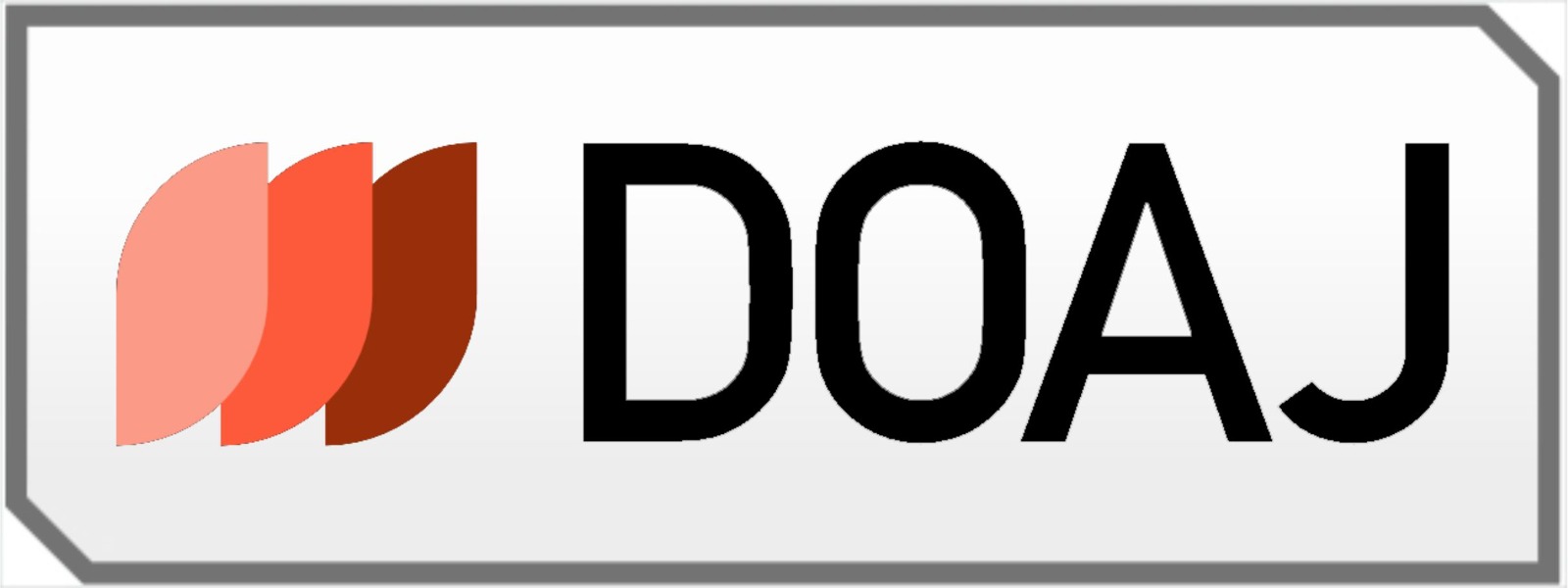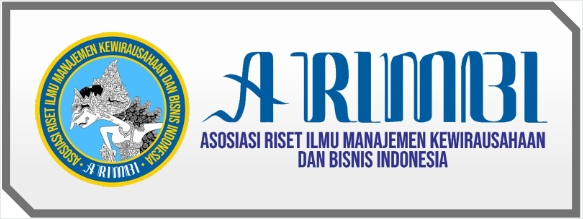Wirausaha Kelompok Usaha Budidaya Pembesaran Lele
DOI:
https://doi.org/10.30588/jmp.v4i1.92Keywords:
entrepreneurship, business planning, catfish farmingAbstract
Business Group Catfish Aquaculture enlargement as a form of response to the community groups who are in RT 01 and RT 02 Somoitan, Girikerta, Turi, Sleman, who wish to pioneer the cultivation of catfish, but they are faced with: 1). Production problems in the form of limited/partners of the limited knowledge: a). On preparation techniques for the cultivation of fish rearing pondcat fish. b). stocking of cat fish. c).enlargement process includes feeding catfish, prebiotics and vitamins, water treatment pond and high settings. d). about the harvest which includes sorting the harvest and transport fish. 2). Management problems that include both partners still lack knowledge about: a). How to access capital financial institution Bank/Non-Bank. b). Including financial management analyst investment costsand production costs as well as production breakeven analysis (Break Even Point/BEP) efforten large ment cat fish. c). About entrepreneurship, especially in business planning. The method used to overcome the problem of training and practice are partners as well as mentoring. The training consiste do ftraining and practice etraining the fish pond preparation, seeding, maintenance catfish, fish harvesting, training how to access capital, financial management training business, and entrepreneurship training and business planning. The results of this activityis the increase of knowledge, under standing and skills of the participants in the cultivation of catfish rearing which includes the ability to preparea fishpond, stocking, maintenance and harvesting. In terms of partner management business grouph as been an increase in knowledge, understanding and skills of participants in the field of access to capital, management of business financial management, entrepreneurship and business planning. While mentoring partners can be expected to start catfish farming sustainable enlargement to improvethe economic welfare ofthe group members.
References
AgroMedia. 2007. Berternak Lele Dumbo. PT. Agromedia Pustaka. Jakarta. 52.
Bachtiar, Y. 2006. Panduan Lengkap Budidaya Lele Dumbo. PT Agromedia Pustaka. Jakarta. 102.
Hendriana, A. 2011. Pembesaran Lele di Kolam Terpal. Penebar Swadaya. Jakarta. 75.
Hernowo dan S.R Suyanto. 2010. Pembenihan dan Pembesaran Lele. Penebar Swadaya. Jakarta. 92.
Khairuman dan K. Amri. 2002. Budidaya Lele Lokal Secara Iintensif. PT AgroMedia Pustaka. Depok.
Khairuman dan K. Amri. 2008. Budidaya Ikan Lele Dumbo Secara Intensif. PT AgroMedia Pustaka. Jakarta. 79.
Kordi, M. G.H.K. 2010. Budidaya Ikan Lele di Kolam Terpal. Lily Publisher. Yogyakarta. 114 hal.
Mahyuddin. K. 2008. Panduan LengkapAgribisnis Lele. Penebar Swadaya. Jakarta. 171 hal.
Mahyuddin. 2011. Pembesaran Lele di Berbagai Wadah Pemeliharaan. Penebar Swadaya. Jakarta. 84.
Mulyana, D.Y. 2011. Kaya Raya dari Budidaya Ikan dengan PROBIOTIK. Berlian Media. Yogyakarta. 87.
Prihartono, R., E., J. Rasidik dan U. Arie. 2010. Mengatasi Permasalahan Budidaya Lele Dumbo. Penebar Swadaya. Jakarta. 92 hal.
Prasetya, B.W. 2011. Bisnis Benih Lele Untung 200%. Penebar Swadaya. Jakarta. 124.
Saparinto, C. 2010. Usaha Ikan Konsumsi di Lahan 100 m2. Penebar Swadaya. Jakarta. 171.
Saparinto, C. 2011. Budidaya Ikan di Kolam Terpal. Penebar Swadaya. Jakarta. 99 hal SNI: 01-6484.1-2000. Induk Ikan Lele Dumbo (Clarias gariepinus x C. Fuscus) Kelas Induk Pokok (Parent Stock). BSN. Jakarta. 8.
Downloads
Published
How to Cite
Issue
Section
License
Authors who publish with Jurnal Maksipreneur agree to the following terms:
Authors retain copyright and grant the Jurnal Maksipreneur right of first publication with the work simultaneously licensed under a Creative Commons Attribution 4.0 International License that allows others to share (copy and redistribute the material in any medium or format) and adapt (remix, transform, and build upon the material) the work for any purpose, even commercially with an acknowledgment of the work's authorship and initial publication in Jurnal Maksipreneur.
Authors are able to enter into separate, additional contractual arrangements for the non-exclusive distribution of the journal's published version of the work (e.g., post it to an institutional repository or publish it in a book), with an acknowledgment of its initial publication in Jurnal Maksipreneur. Authors are permitted and encouraged to post their work online (e.g., in institutional repositories or on their website) prior to and during the submission process, as it can lead to productive exchanges, as well as earlier and greater citation of published work (See The Effect of Open Access).























